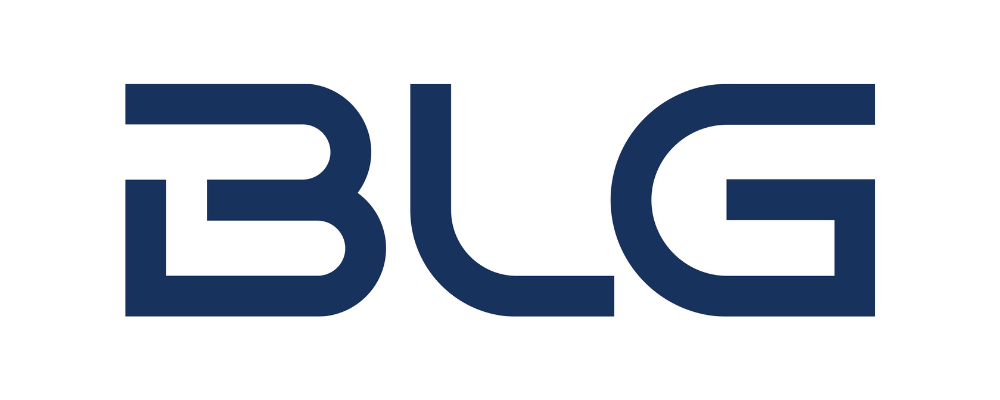With growing consumer demand for Canadian-made products, companies are choosing to make various forms of Canadian country of origin claims on products, e.g. “Product of Canada”, “Made in Canada” etc. (Canadian Product Claims).
Companies should be aware that different laws and regulations1 may apply to Canadian Product Claims, and this will depend on the type of product (e.g. food vs non-food), the type of claim made (i.e. “Product of” vs “Made in”), whether any imagery is used (e.g. the Canadian flag or other national emblem) etc. Also, like all claims, companies should ensure that the literal meaning and general impression of Canadian Product Claims are truthful and not misleading, so that consumers can make informed purchasing decisions. Failing to do so may result in potentially significant penalties.2
There is a wealth of guidance available online from various regulators that set out the requirements to substantiate Canadian Product Claims. For example, the Competition Bureau’s (Burea) enforcement guidelines sets out the requirements to make Canadian Product Claims on consumer goods as they relate to non-food products, and the Canadian Food Inspection Agency’s (CFIA) guidance provides an overview of the requirements for Canadian Product Claims on food products. Ad Standards has also issued an advisory on the meaning of Canadian Product Claims under the Canadian Code of Advertising Standards.
Examples of Canadian Product Claims:
“Product of Canada”:
- For non-food products, the Bureau requires that (i) the last substantial transformation of the good occurred in Canada, and (ii) all or virtually all (at least 98%) of the total direct costs of producing or manufacturing the good have been incurred in Canada.
- For food products, the CFIA says that these claims may be acceptable if all or virtually all major ingredients, processing, and labour used to make the food product are Canadian (i.e. all the significant ingredients in a food product are Canadian in origin and that non-Canadian material is negligible).
“Made in Canada” claims:
- For non-food products, the Bureau requires that (i) the last substantial transformation of the good occurred in Canada, (ii) at least 51% of the total direct costs of producing or manufacturing the good have been incurred in Canada, and (iii) the representation is accompanied by an appropriate qualifying statement, such as “Made in Canada with imported parts”.
- A “Made in Canada” claim with a qualifying statement is permitted by the CFIA on food products if the last substantial transformation of the product occurred in Canada, even if some ingredients are from other countries.
- A “Made in Canada” claim is therefore distinct from a “Product of Canada” claim, and products bearing this claim may consist of imported components.
Other domestic contents claims:
- The Bureau considers claims such as “produced” or “manufactured” in Canada on products are likely to be understood by consumers to be synonymous with a “Made in Canada” claim and should therefore comply with the applicable requirements.
- The CFIA considers “Canadian”, “100 % Canadian” and other similar claims to be the same as “Product of Canada”.
- According to the CFIA, other domestic claims such as “Distilled in Canada”, “Roasted in Canada”, “Canned in Canada” etc. may be permitted as long as the claims are specific and qualified, and the general impression is not false or misleading. Similar to a “Made in Canada” claim, products validly bearing these domestic Canadian Product Claims may consist of imported ingredients.
Canadian symbols and other claims implying Canadian origin:
- Official symbols such as the Coat of Arms and the “Canada” Wordmark are normally reserved for the Government of Canada, and the National Flag of Canada is protected by the Trademarks Act (for more information, see the Government of Canada’s website).
- The literal meaning and general impression of certain logos, images etc., such as a maple leaf, may imply a Canadian Product Claim, which must comply with applicable laws, regulations and guidance.
The above sets out a brief summary of some of the rules pertaining to Canadian Product Claims. Other laws, regulations and guidance may apply. There is no “one-size-fits-all” approach. Companies should always ensure that the claims, as well as their literal meaning and general impression, are truthful and not misleading, and that all claims are adequately and properly substantiated at the time they are made.
For more information on navigating these issues, please reach out to any member of our Advertising & Marketing team.
By Borden Ladner Gervais LLP “BLG” >>
“As Canada’s law firm, BLG provides high-value advice and advocacy to address our clients’ business challenges and problems. We go beyond legal to anticipate, consult and advise in a rapidly changing digital world.
We have extensive experience acting in specialized and complex deals and disputes. Vigilant, curious and collaborative, we harness technology and innovation to offer our clients exceptional service and value.
With 800+ lawyers across Canada, we serve clients throughout North America, Europe, and Asia. Offering expertise in intellectual property, disputes and corporate transactional matters, our connectivity gives our clients the next-level service required to achieve success in complex and international matters.”
Please visit the firm link to site


